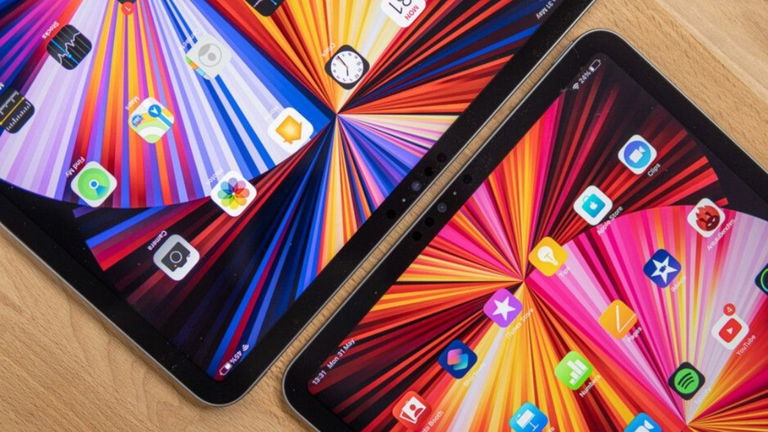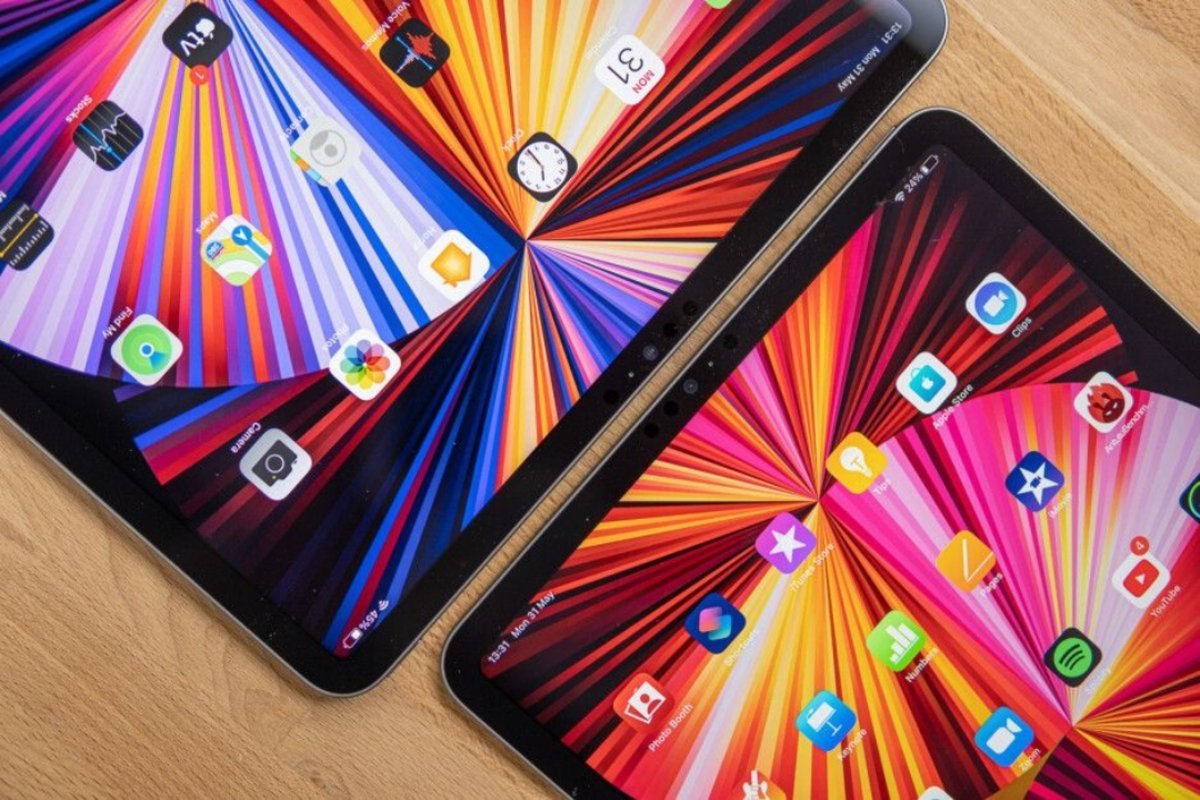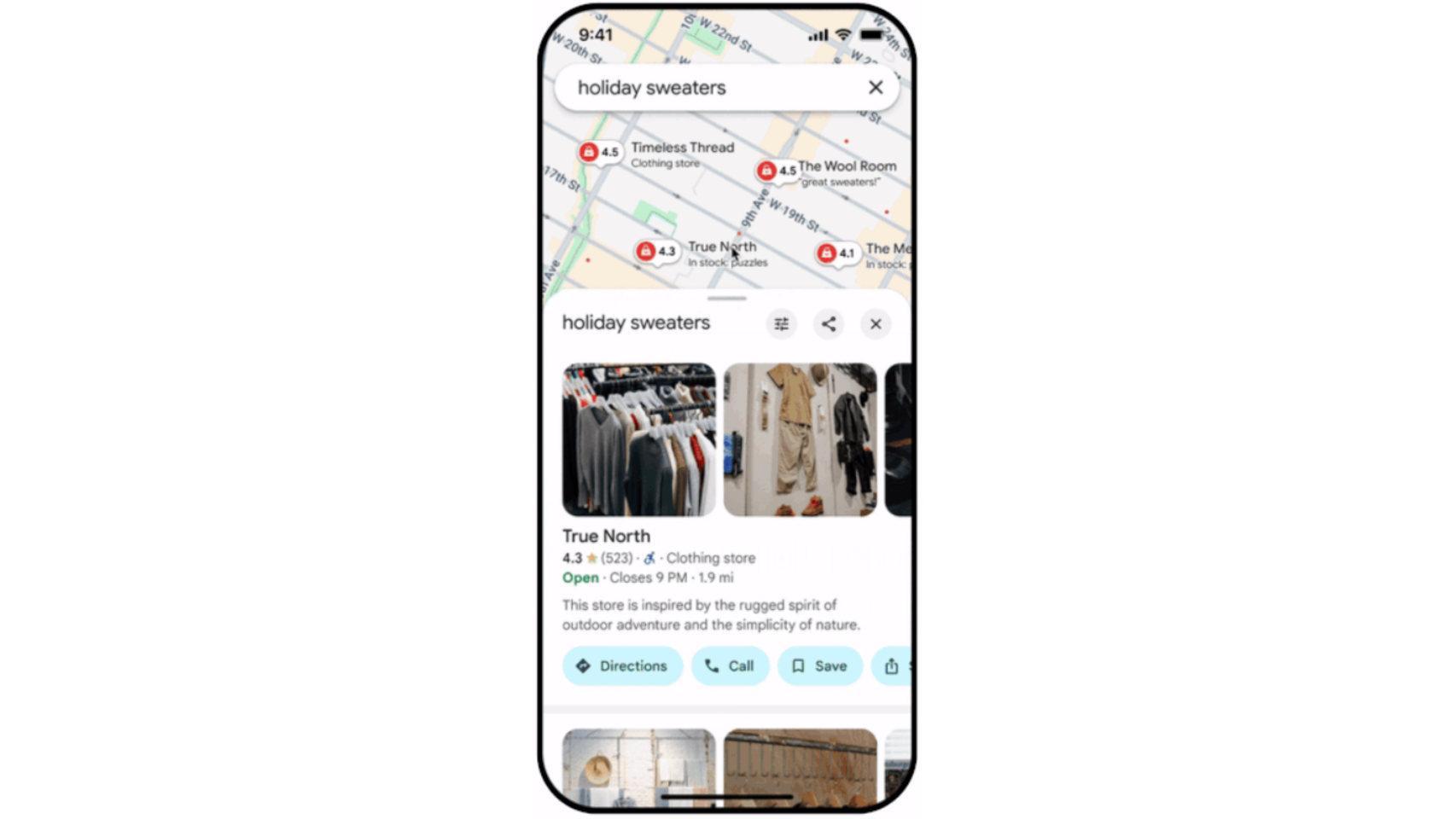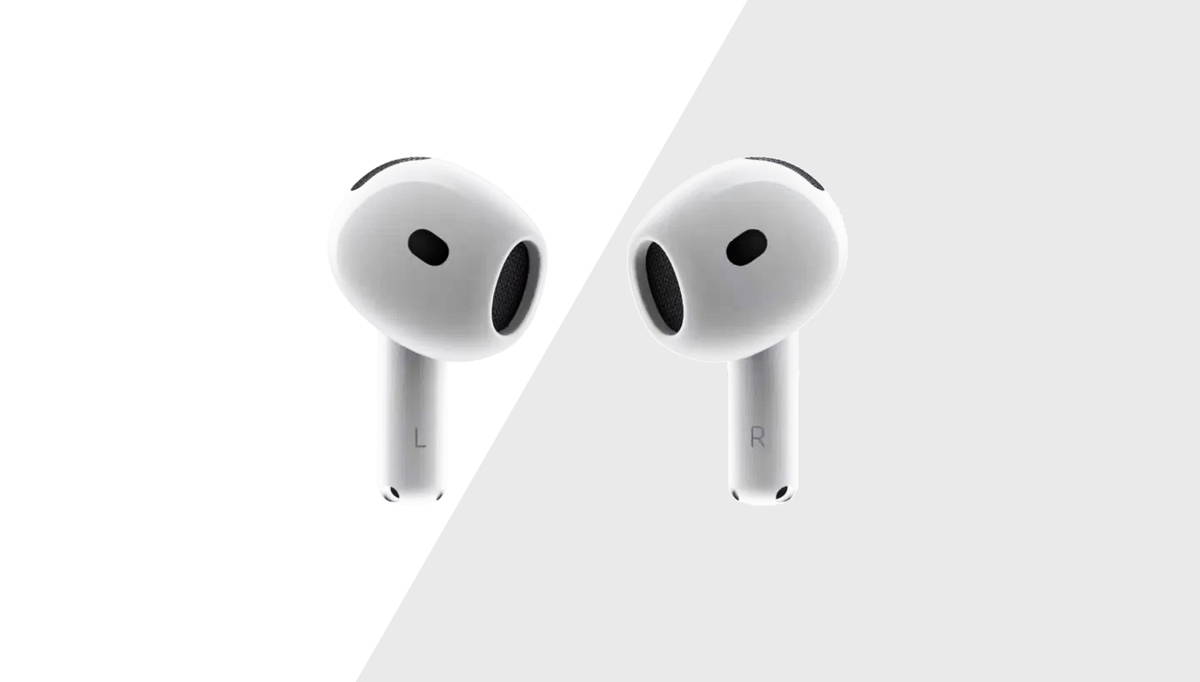Apple has big plans for the iPad, including OLED technology by 2024. Those of Cupertino are joining a new partner with whom they plan to achieve it with attractive advantages for the user.

Thanks to Digitimes, it was possible to know that Apple plans to adopt ‘hybrid’ OLED technology for iPads of 2024. This technology would contribute to thinner devices and reduce costs. This will most likely happen to the iPad Pro first as it is the flagship device in the line.
The iPad with OLED display would include innovative technology
What is this technology about? It is the combination of OLED glass substrates and flexible thin film encapsulation. Normally the panels are rigid and have more strength although flexible panels gain in that a backlight layer is not included.
A reference to this type of technology had already been made in a report seen and published by Korean outlet The Elec. Hybrid OLED would have a greater preference from Apple given that flexible OLED would have a noticeable downside, on large screens it probably tends to wrinkle. To confirm this rumor, those of Cupertino would already have a new partner for manufacturing. Taiwan SMT will be in charge of the panels for the iPad Pro and MacBook Pro.

iPad Pro running iPadOS 16
Apple will bring its finances to support its new partner
Before making this change, Apple will continue to work with mini-LED backlighting. Currently in the product catalog, the 14-inch and 16-inch MacBook Pro, in addition to the 12.9-inch iPad Pro, have this type of screen.
When will the transition to hybrid OLED take place? Once it has matured from manufacturing to marketing. It would be in 2024 as long as adequate progress of Taiwan SMT production capacity is given. Those of Cupertino give their support to have teams dedicated to the process of mini LED panels.

The iPad Pro with M1 chip is a real beast
On mini-LED panels, it was initially thought that the transition from LCD-IPS would be more complicated. Apple had no major issues and was able to include it in two different product lines. For the iPhone, it wasn’t necessary since most use OLED except for the latest iPhone 11 (iPhone 12 already had OLED) and the third-generation iPhone SE.
It will be interesting to see if Apple’s plans progress in time to accommodate the new hybrid OLED panel.. When the ground is ready, we will see if the quality of these panels is up to the competition, while being potentially attractive to customers and new users.







